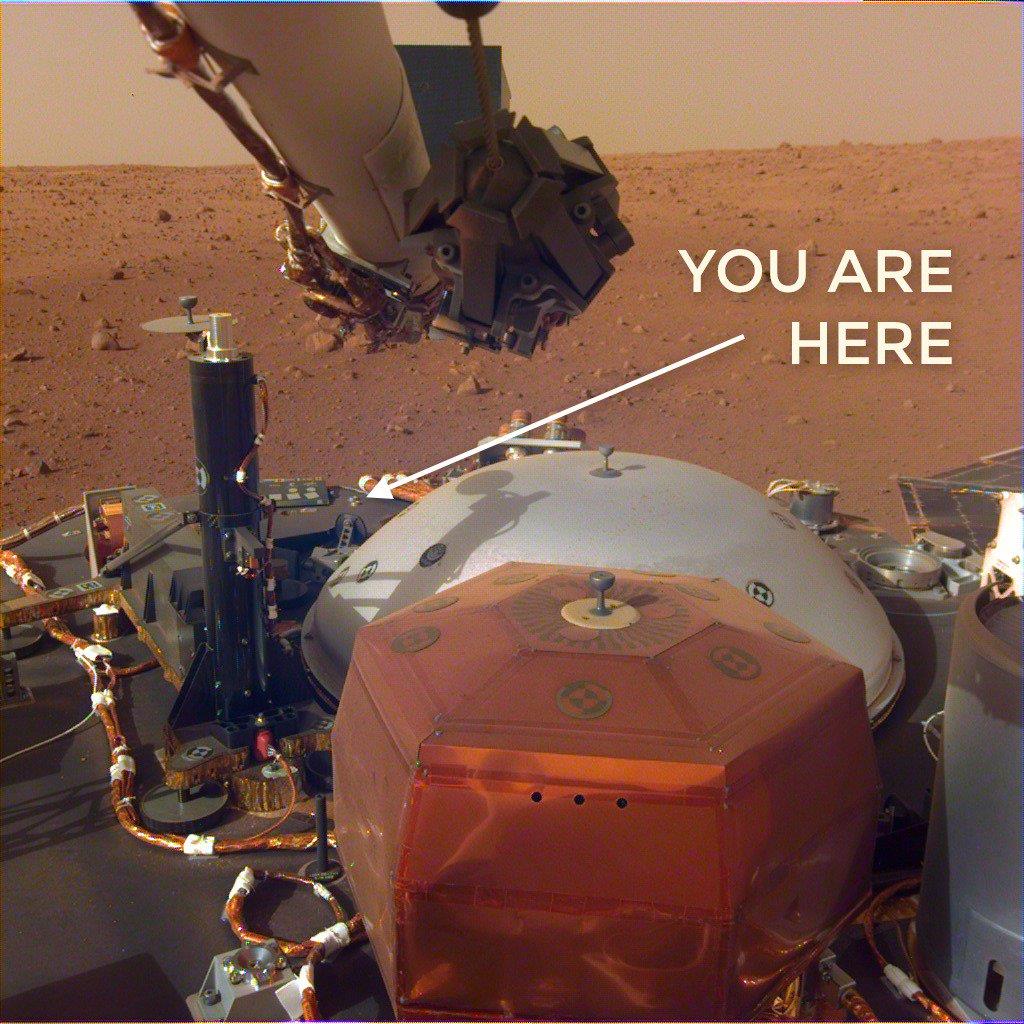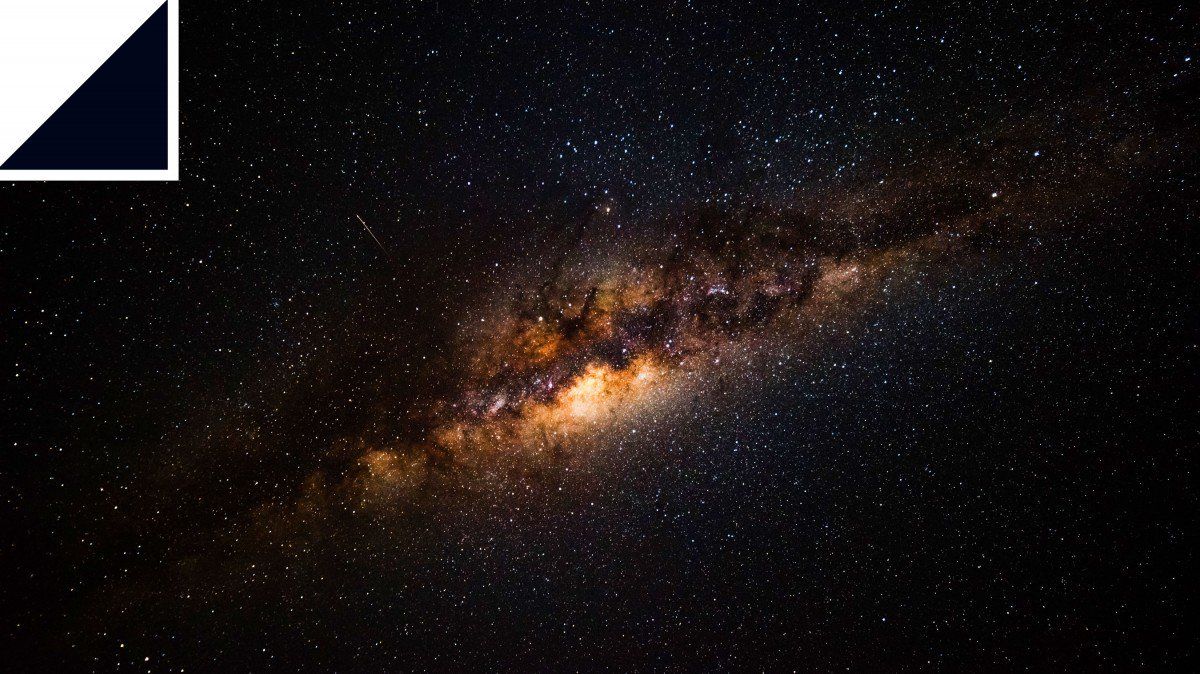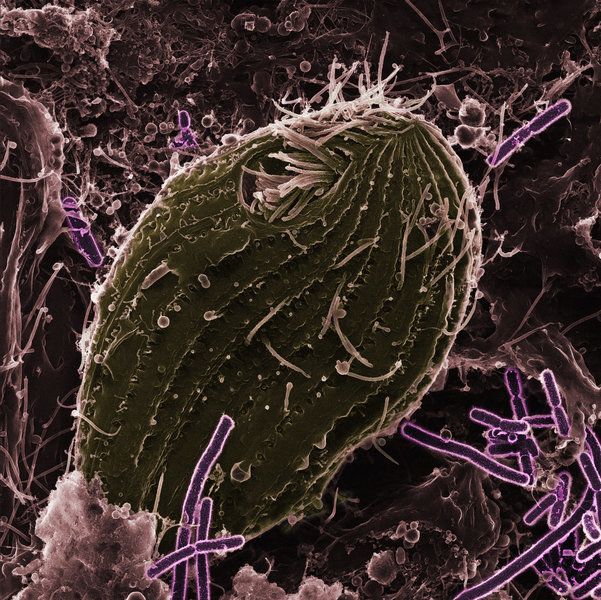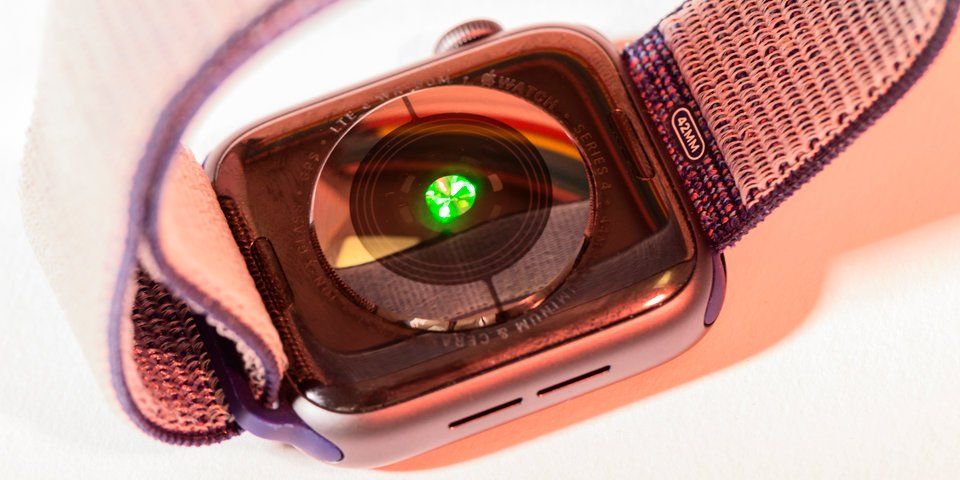NASA’s Hubble Space Telescope was the first telescope designed to be serviced in orbit. Join Hubble astronauts live as they discuss servicing from the innovative Robotics Operations Center. Plus a robot demo!
Get the latest international news and world events from around the world.



Amazon founder gives $15 million to Catholic Charities
The selected organizations, Bezos explained, “are working on a number of initiatives that support families in need.” Check it out:
Washington D.C., Dec 5, 2018 / 03:30 pm (CNA).- Three Catholic charitable organizations were named as winners of $5 million grants from the charitable organization of Jeff and MacKenzie Bezos.

Jan Gruber – Looking at synergistic effects in longevity therapies
And his team at Yale-NUS have recently completed a detailed set of studies looking at eleven of the most promising anti-aging single drugs, using nematode worms (C. elegans) as their model organism.
Drug synergy found to increase lifespan in worms
Even though testing the effects of single drugs on health and longevity in various organisms is challenging by itself, and testing multiple drugs and their synergistic effects can be a logistical and statistical nightmare, they found some surprising results, including up to a 96 percent increase in lifespan [1]. As they conclude in their new paper:

Tim Berners-Lee wants to remake the web to help you protect your data
Its success will hinge on whether enough people adopt it beyond just hard-core techies.
The World Wide Web’s inventor, Tim Berners-Lee, has launched a way to make it easier for people to control their personal data. Will it take off?
The news: Berners-Lee is working with people at MIT and beyond on a startup called Inrupt, which runs an open-source project, Solid, that hands you back control over your own data.
How will it work? Decentralization and control are the central principles. Solid will let developers create decentralized apps that run on data fully owned by users. They decide where to store their data and whom to share it with. The first wave of apps being built on Solid is being developed now. “I’m incredibly optimistic for this next era of the web,” said Berners-Lee in a post on Medium.


NASA Contest: Design the Gateway Program Graphic
Under Space Policy Directive-1, NASA has been charged with leading a “sustainable exploration of the Moon together with commercial and international partners.”
In response to this bold directive, NASA is working with U.S. and international partners to lead the development of the first permanent human spaceship in orbit around the Moon, known as the Gateway. The Gateway will be a part-time home and office for astronauts farther in space than humans have ever been before.
The Gateway will be important to building a permanent human presence on the Moon. Astronauts will visit at least once per year, living and working aboard the spaceship in deep space for up to three months at a time. NASA is looking at options for astronauts to shuttle between the Gateway and the lunar surface, to explore new locations across the Moon. Even before our first trip to Mars, astronauts will use the Gateway to train for life far away from Earth, and we will use it to practice moving a spaceship in different orbits in deep space.
Just like an airport, spacecraft bound for the surface of the Moon or Mars can use the Gateway to refuel or replace parts. The Gateway’s core functions include power and propulsion, communications, habitation, logistics resupply, robotics, and an airlocks for science and spacewalks.
By partnering with U.S. companies and international partners to design and build the Gateway, NASA will ensure this groundbreaking lunar laboratory is available to multiple users, providing more access to the Moon than ever before.
You can learn more about the Gateway with this quick Q&A: https://www.nasa.gov/feature/questions-nasas-new-spaceship
The goal of this challenge is to develop a graphic to represent the Gateway. The product should graphically convey the key theme of space exploration and what the Gateway represents. The graphic will be used in multiple ways internally at NASA, but will have limited external/public use, if any. A small version of the graphic may be used in the top corner of documents, a larger version could be used on the title page of internal presentation materials, or the graphic may be used on other products developed by the NASA Gateway team.
Graphic Requirements
- Both a color version and black/white version are required.
- Source File Requirements: All original vector source files of the submitted design. Files should be created in Adobe Illustrator or Inkscape and saved as layered AI or EPS files. Note that PSDs saved as EPS files are not true vector / scalable files and will not be accepted.
- All fonts (and operating systems) must be listed in a text file within your Submission Zip file. Include the name of the font and a link to where it can be downloaded/purchased. DO NOT include any font files in your submission or source files.
- All text in the graphic should be converted to outlines.
- Submission should also include 1024 x1024 version of the graphic in jpeg or png (on both a black background and a white background). The NASA insignia or other NASA logos cannot be used as any part of the submission.
Other Preferences
- Color pallet is open, but limited to 6 colors.
- Please avoid gradients or other special effects as they are difficult to reproduce across all media.
Stock Photography Requirements
- Stock photography is not allowed in this contest. All submitted elements must be designed solely by you.
Judging Criteria
- Requirements: Does your submission meet the requirements as stated within the challenge?
- Quality: Does your submission look fresh, professional, and clean?
- Concept: Does your submission represent what the Gateway stands for?
Please note that NASA employees/contractors are not eligible for competing in this contest.
Supported Submission File Types
- JPG
- PNG
- GIF
Join the Contest
https://www.freelancer.com/contest/NASA-Contest-Design-the-G…51793.html

Double the stress slows down evolution
Neoliberalism slows down evolution! Just kidding…or am I? 🧐😁🤣🙈.
Like other organisms, bacteria constantly have to fight to survive in hostile living conditions. Together with colleagues in Finland, researchers at the Max Planck Institute for Evolutionary Biology in Plön have discovered that bacteria adapt to their environment more slowly and less efficiently as soon as they are exposed to two stress factors rather than one. This is due to mutations in different genes. The slower rate of evolution led to smaller population sizes. This means that evolution can take divergent paths if an organism is exposed to several stress factors.
Bacteria rarely live alone; they are usually part of a community of species that is exposed to various stress factors. They can often react to these factors by adapting to new environmental conditions with astonishing speed. Antibiotics that enter soil and water via waste water and accumulate there in low concentrations can trigger the evolution of resistance in bacteria – even though these concentrations are so low that they inhibit bacterial growth only slightly or not at all. However, bacteria do not only have to fight antibiotics; they also have to deal with predators. This is why they often grow in large colonies that cannot be consumed by predatory organisms.
Typically, scientists investigate the effects that a single stress factor has on an organism. Researchers at the Max Planck Institute for Evolutionary Biology in Plön and the Universities of Helsinki and Jyväskylä, Finland, have now investigated the question of how microorganisms behave when they are confronted with more than one stress factor. “We simulated natural environmental conditions in the lab and exposed bacteria to both predators and antibiotics. This allows us to estimate how likely it is to find evolution of resistance to antibiotics outdoors,” explains study leader Lutz Becks.

Apple’s highly anticipated heart monitoring feature is finally available for the Apple Watch
Starting on Thursday, the latest Apple Watch models will be able to take an ECG reading, a kind of heart-rate reading that doctors can use to diagnose heart conditions.
To activate the feature, you need the Apple Watch Series 4 and the latest version of WatchOS, which will be available for download on Thursday.
Apple made it easy to access the feature: turn on the app, hold your finger on the device’s crown for 30 seconds, and it will provide a heart rhythm reading that you can use to figure out whether you need to contact your doctor to get your heart checked out. It saves the reading in a PDF file that you can send to your doctor.